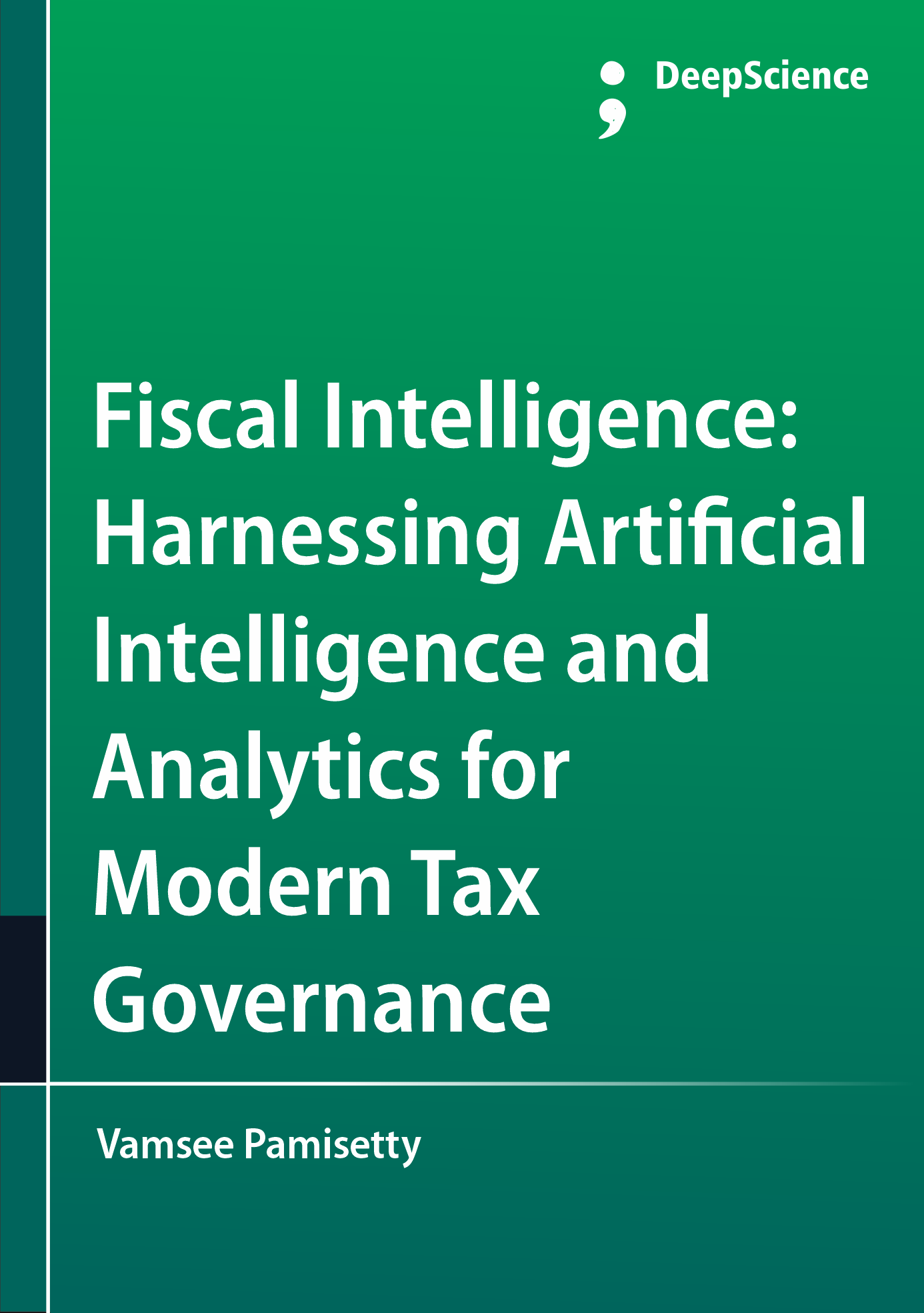Enhancing fiscal impact analysis by embedding intelligent algorithms into budgetary planning
Synopsis
Currently, no Institute of Economic and Financial Studies in a Government recognizes the relevance of implementing in its system fiscal impact analysis (FIA) of a project of law for legalization or expansion of fiscal or para-fiscal tributary burden or for customary regimes of exemption or zoning. This study proposes to modify this situation.
It all started almost two years ago, when we had to describe to the Ministry of Budget and Public Function of our Country the process by which our Institute elaborated its Opinions about the fiscal impact –collection at most and deficit at least– of a project of law. In fact, our procedure was very similar to the one developed when it indicated that “the first task of the economic adviser of the government consists of preparing a Macro Projection of the economy –usually for the next five years–, consolidating the Programmatic Budgets that support the projections of income and expenses of the governments, and evaluating if there are coverage deficits or fiscal surpluses that require adjustments to other functions of the State or those different from the Microprogrammed Objectives”. However, what any technician should consider as normal, surprised and discomforted some of the members of that Ministry. "Why do we transfer to you this Initiative which is ours and which is one of our Budgets?" They asked us, perplexed, from a Ministerial Office.













